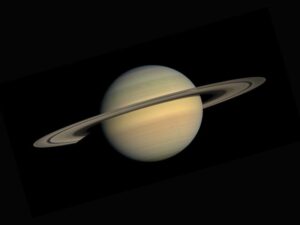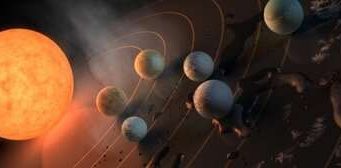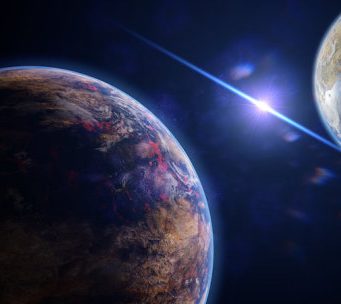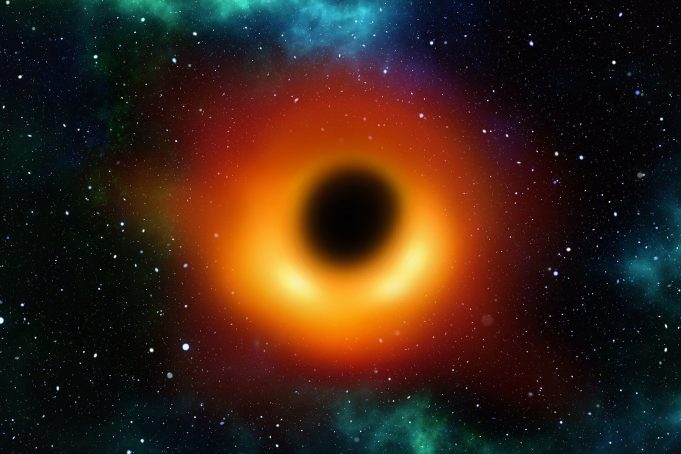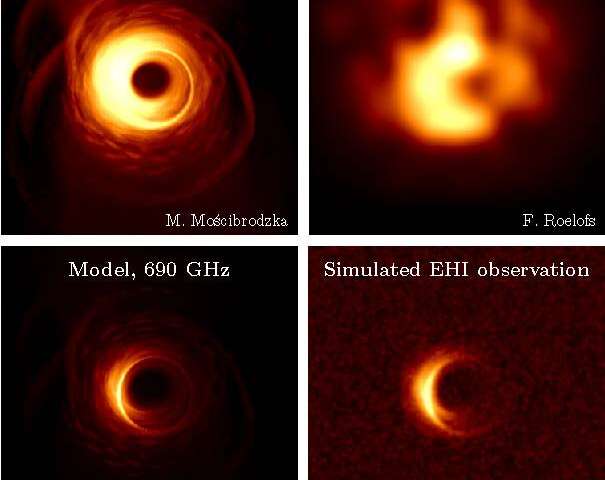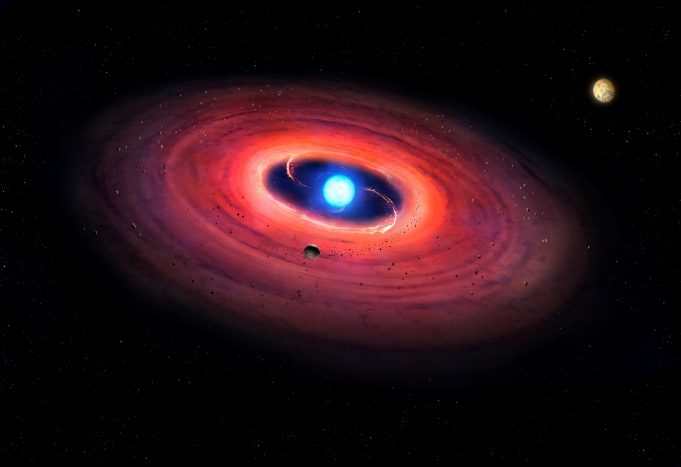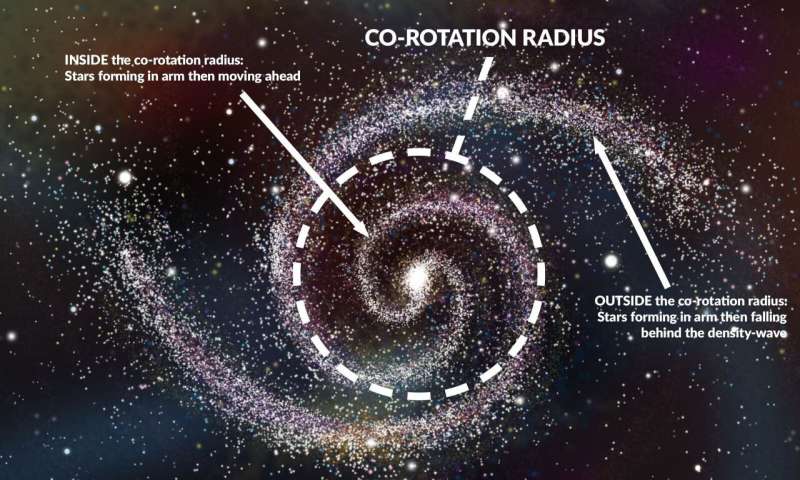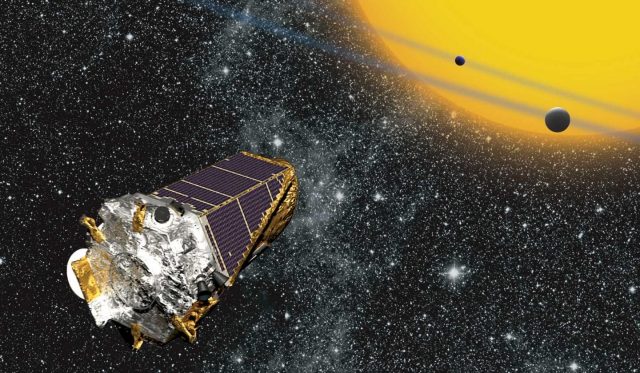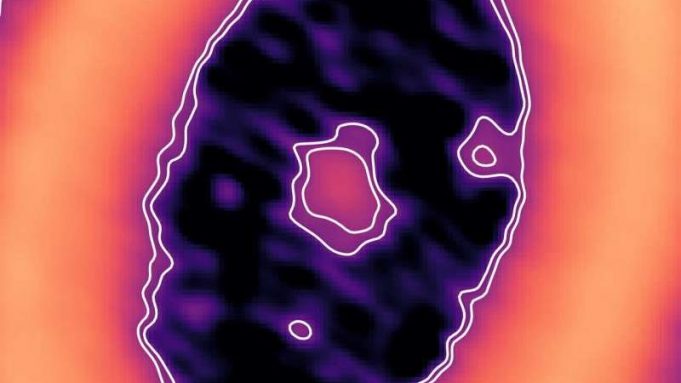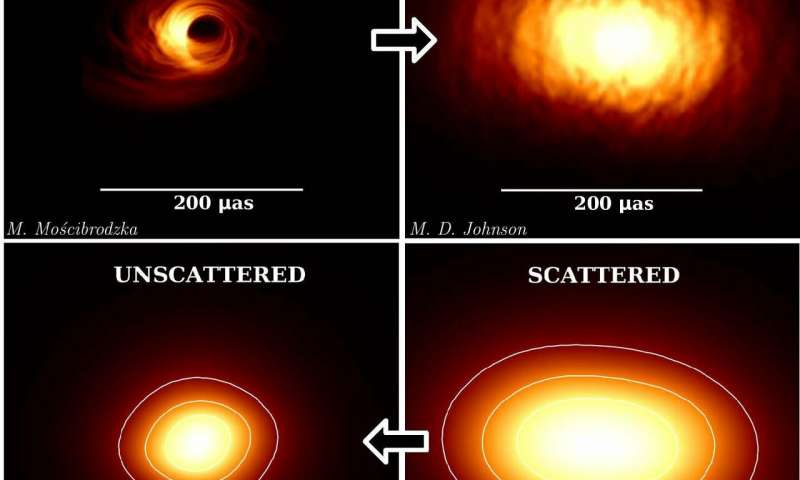Echoes in gravitational wave signals suggest that the event horizon of a black hole may be more complicated than scientists currently think.
Research from the University of Waterloo reports the first tentative detection of these echoes, caused by a microscopic...
As planets form in the swirling gas and dust around young stars, there seems to be a sweet spot where most of the large, Jupiter-like gas giants congregate, centered around the orbit where Jupiter sits today in our own...
Astronomers have just managed to take the first image of a black hole, and now the next challenge facing them is how to take even sharper images, so that Einstein's Theory of General Relativity can be tested. Radboud University...
Earth-like planets may be common in the universe, a new UCLA study implies. The team of astrophysicists and geochemists presents new evidence that the Earth is not unique. The study was published in the journal Science on Oct. 18.
"We have just...
University of Arkansas astrophysicists have taken an important step toward solving the mystery of how disk galaxies maintain the shape of their spiral arms. Their findings support the theory that these arms are created by a wave of denser...
To be considered Earth-like, a planet must be rocky, roughly Earth-sized and orbiting Sun-like (G-type) stars. It also has to orbit in the habitable zones of its star—the range of distances from a star in which a rocky planet...
Using Earth's most powerful array of radio telescopes, astronomers have made the first observations of a circumplanetary disk of gas and dust like the one that is believed to have birthed the moons of Jupiter.
The find, reported online today...
Galaxy clusters are some of the most massive structures in the cosmos, but despite being millions of lightyears across, they can still be hard to spot. Researchers at Lancaster University have turned to artificial intelligence for assistance, developing "Deep-CEE"...
Is there anyone out there? This is an age-old question that researchers have now shed new light on with a study that calculates there could be more than 30 intelligent civilizations throughout our Galaxy. This is an enormous advance...
Good fortune and cutting-edge scientific equipment have allowed scientists to observe a Gamma Ray Burst jet with a radio telescope and detect the polarisation of radio waves within it for the first time -- moving us closer to an...
Including the powerful ALMA into an array of telescopes for the first time, astronomers have found that the emission from the supermassive black hole Sagittarius A* at the center of the galaxy comes from a smaller region than previously...



